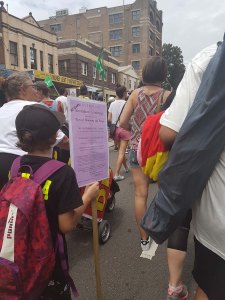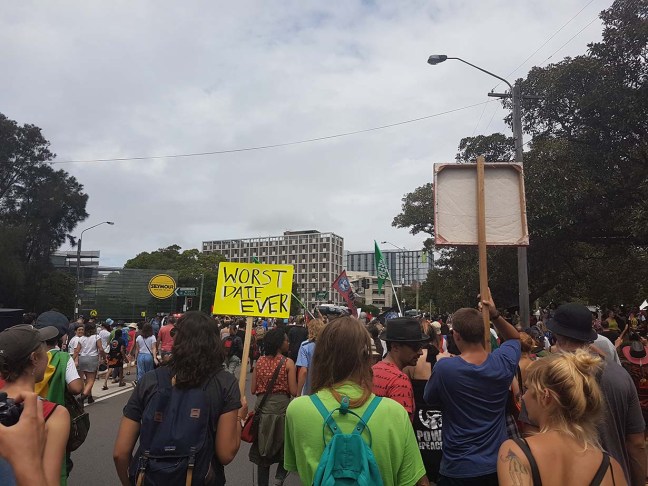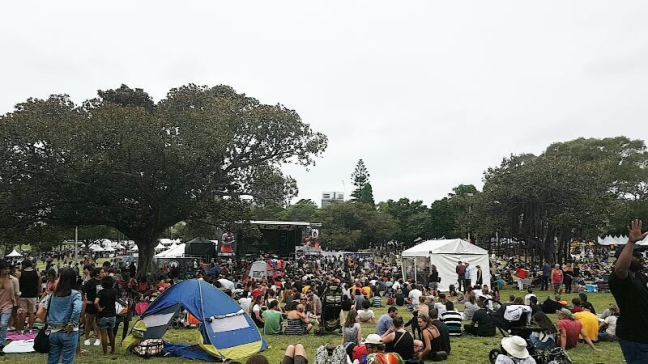The 26 January is a public holiday nationally known as Australia Day, however, for decades, Aboriginal and Torres Strait Islander people have protested against this day, as it commemorates genocide and dispossession. Last year’s Invasion Day rallies were attended by over 61,000 people around Australia. This year’s rally had around 80,000 people marching across all capital cities, including 60,000 people in Naarm (Melbourne) and between 15,000 to 20,000 people in Gadigal (Sydney).

This year marks 230 years since the British invaded Australia, leading to the decimation of Aboriginal and Torres Strait Islander people, with inequities continuing to this day. It is also the 80 year anniversary of the Day of Mourning protests, organised by the Australian Aboriginal Progressive League.
Today’s post reflects on the protests on the lands of the Gadigal people of the Eora Nation (Gadigal is the city now known as Sydney). I then provide a visual sociology of the culmination of the protest march, which ended at the Yabun Festival.
https://twitter.com/OtherSociology/status/956670694586073089


